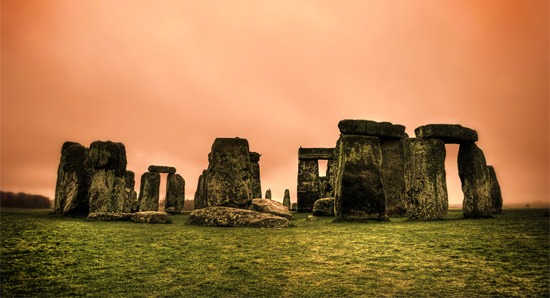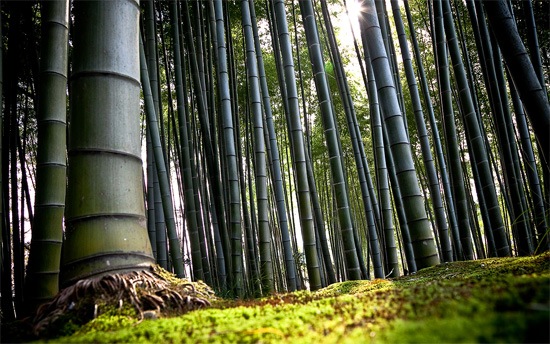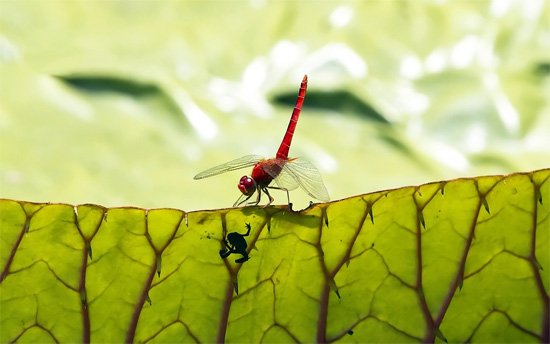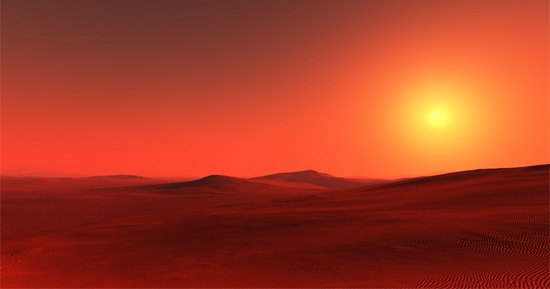Source(google.com.pk)
Best Computer Wallpaper Biography
Wallpaper removal is not new. Wallpaper has been manufactured and installed for several generations. In the early days there was no special solution manufactured. People removed wallpaper with their own "home recipes". The most common recipe was vinegar and hot water. This worked adequately because most wallpaper at the time was made of real paper installed on home made pastes, usually wheat based. The acid of the vinegar would attack the paste.
After World War II wallpaper boomed onto the decorating scene. Many manufacturers entered the marketplace and by doing so created new types of wallpapers. Wallpaper was not made just from paper anymore. The outer surface (the part seen by the consumer) now had several types of looks; grass cloth, string, fabric, silk, to name just a few. This required a "backing" paper typically laminated to the outer (viewed) surface to give the paper strength to adhere to the wall. New adhesives were a necessity to make the paper adhere to the wall.
In the 1960's wallpaper boomed even more as a decorating material. Wallpaper manufacturers jumped at the market demand. This created even more paper types and adhesive variations. Bold colors and patterns were the rage. Foil and flocked wallpapers appeared.
In the late 1960's and early 1970's new "vinyl" wallpaper products were introduced. Vinyl was the answer. Vinyl, an oil based product was cheap and easy to print. Typical vinyl wall coverings consist of an outer layer of vinyl laminated to a paper backing. Someone coined the phrase "strippable" which is still used today. "Strippable" wallpaper means that eventually you will be able to get it off the wall. It does not mean that the process of removing it will be easy. People began to find out that wallpaper removal was not easy which in part lead to a decline in wallpaper use.
The wallpaper industry responded by manufacturing "prepasted" wallpapers that were to be simple to install and remove. The prepasted paper usually consisted of paper with a thin layer of dried glue applied to the back. The consumer was to simply place the paper underwater causing the glue to activate then adhere to the wall. The problem is no one thought about human nature. Society had been trained for years to paste wallpaper to the wall so most people added paste to the back of the prepasted paper. Human nature compounded the problem with the theory that "A little bit of glue is good therefore a whole lot of glue is real good".
Another type of vinyl product was developed in the late 1970's. It is commonly known as commercial vinyl. Designed to be used extensively for commercial buildings to save the cost of paint and paint maintenance in high traffic areas such as corridors, high-rise buildings, commercial buildings, etc. Typical commercial vinyl is very thick (compared to paper), has no backing and was applied directly to the wall. This works great for plaster construction but no one realized what a boom to construction that gypsum wallboard would be. Gypsum wallboard or "drywall" is the common wall material today. Enter human nature; since commercial vinyl was developed for areas of high traffic and abuse by people, adhesive manufacturers made adhesive that will really stick.
Wallpaper manufacturers became strict about what adhesive must be used on what primer on what wall finish. Don't believe me? Read the label on a roll of wallpaper. Why did the manufacturers become so strict? The manufacturers are protecting their liability. In today's day and age consumers are demanding better life of product, better service, and better quality. Consumers will complain about wallpaper failures more frequently than in the past.
Not far behind the wallpaper manufacturers came the adhesive manufacturers. They see the opportunity to sell gallons of adhesive and do so successfully. Wallpaper adhesive manufacturers also make their own adhesive removers. It is important to note that their remover was formulated to remove their adhesive. Enter human nature again. Typical wallpaper installation is done by a homeowner or professional paperhanger. Homeowners ("Weekend Warriors") simply do not follow instructions. They try any combination of pastes or home "recipes" to install wallpaper. Most paperhangers custom mix their pastes (though they are shy to admit it) to create a "recipe" that works for them. They do not use pastes 100% pure as received from the manufacturer and to the manufacturers specifications. We know this to be true because we constantly test actual field conditions.
This is when we came into the picture. We have found that 90% of wallpaper is installed with a combination of adhesives or additives. Our adhesive remover has proven to work on the actual conditions commonly found. We have removed over 50,000 rolls of wallpaper in every type of situation. We have removed all types of wallpapers known. We have removed wallpaper from all types of wall conditions. By being a small company we have the distinct advantage of reacting to the marketplace immediately. We specialize in wallpaper removal only. We look at every roll of wallpaper removed as a learning experience . . .we have to.
On computers that use a desktop GUI, wallpaper is the monitor pattern or picture or other graphic representation that forms the background onto which all the icons, menus and other elements of the operating system are displayed and moved around. An operating system will typically come with pre-installed images to set as the wallpaper and will also allow users to install their own images to be used as the wallpaper. The wallpaper always stays in the background, and all work is done on top of the wallpaper.










Best Computer Wallpaper Biography
Wallpaper removal is not new. Wallpaper has been manufactured and installed for several generations. In the early days there was no special solution manufactured. People removed wallpaper with their own "home recipes". The most common recipe was vinegar and hot water. This worked adequately because most wallpaper at the time was made of real paper installed on home made pastes, usually wheat based. The acid of the vinegar would attack the paste.
After World War II wallpaper boomed onto the decorating scene. Many manufacturers entered the marketplace and by doing so created new types of wallpapers. Wallpaper was not made just from paper anymore. The outer surface (the part seen by the consumer) now had several types of looks; grass cloth, string, fabric, silk, to name just a few. This required a "backing" paper typically laminated to the outer (viewed) surface to give the paper strength to adhere to the wall. New adhesives were a necessity to make the paper adhere to the wall.
In the 1960's wallpaper boomed even more as a decorating material. Wallpaper manufacturers jumped at the market demand. This created even more paper types and adhesive variations. Bold colors and patterns were the rage. Foil and flocked wallpapers appeared.
In the late 1960's and early 1970's new "vinyl" wallpaper products were introduced. Vinyl was the answer. Vinyl, an oil based product was cheap and easy to print. Typical vinyl wall coverings consist of an outer layer of vinyl laminated to a paper backing. Someone coined the phrase "strippable" which is still used today. "Strippable" wallpaper means that eventually you will be able to get it off the wall. It does not mean that the process of removing it will be easy. People began to find out that wallpaper removal was not easy which in part lead to a decline in wallpaper use.
The wallpaper industry responded by manufacturing "prepasted" wallpapers that were to be simple to install and remove. The prepasted paper usually consisted of paper with a thin layer of dried glue applied to the back. The consumer was to simply place the paper underwater causing the glue to activate then adhere to the wall. The problem is no one thought about human nature. Society had been trained for years to paste wallpaper to the wall so most people added paste to the back of the prepasted paper. Human nature compounded the problem with the theory that "A little bit of glue is good therefore a whole lot of glue is real good".
Another type of vinyl product was developed in the late 1970's. It is commonly known as commercial vinyl. Designed to be used extensively for commercial buildings to save the cost of paint and paint maintenance in high traffic areas such as corridors, high-rise buildings, commercial buildings, etc. Typical commercial vinyl is very thick (compared to paper), has no backing and was applied directly to the wall. This works great for plaster construction but no one realized what a boom to construction that gypsum wallboard would be. Gypsum wallboard or "drywall" is the common wall material today. Enter human nature; since commercial vinyl was developed for areas of high traffic and abuse by people, adhesive manufacturers made adhesive that will really stick.
Wallpaper manufacturers became strict about what adhesive must be used on what primer on what wall finish. Don't believe me? Read the label on a roll of wallpaper. Why did the manufacturers become so strict? The manufacturers are protecting their liability. In today's day and age consumers are demanding better life of product, better service, and better quality. Consumers will complain about wallpaper failures more frequently than in the past.
Not far behind the wallpaper manufacturers came the adhesive manufacturers. They see the opportunity to sell gallons of adhesive and do so successfully. Wallpaper adhesive manufacturers also make their own adhesive removers. It is important to note that their remover was formulated to remove their adhesive. Enter human nature again. Typical wallpaper installation is done by a homeowner or professional paperhanger. Homeowners ("Weekend Warriors") simply do not follow instructions. They try any combination of pastes or home "recipes" to install wallpaper. Most paperhangers custom mix their pastes (though they are shy to admit it) to create a "recipe" that works for them. They do not use pastes 100% pure as received from the manufacturer and to the manufacturers specifications. We know this to be true because we constantly test actual field conditions.
This is when we came into the picture. We have found that 90% of wallpaper is installed with a combination of adhesives or additives. Our adhesive remover has proven to work on the actual conditions commonly found. We have removed over 50,000 rolls of wallpaper in every type of situation. We have removed all types of wallpapers known. We have removed wallpaper from all types of wall conditions. By being a small company we have the distinct advantage of reacting to the marketplace immediately. We specialize in wallpaper removal only. We look at every roll of wallpaper removed as a learning experience . . .we have to.
On computers that use a desktop GUI, wallpaper is the monitor pattern or picture or other graphic representation that forms the background onto which all the icons, menus and other elements of the operating system are displayed and moved around. An operating system will typically come with pre-installed images to set as the wallpaper and will also allow users to install their own images to be used as the wallpaper. The wallpaper always stays in the background, and all work is done on top of the wallpaper.
Best Computer Wallpaper

Best Computer Wallpaper

Best Computer Wallpaper

Best Computer Wallpaper

Best Computer Wallpaper

Best Computer Wallpaper

Best Computer Wallpaper

Best Computer Wallpaper

Best Computer Wallpaper

Best Computer Wallpaper

Best Computer Wallpaper
No comments:
Post a Comment